#white turtlehead
Text

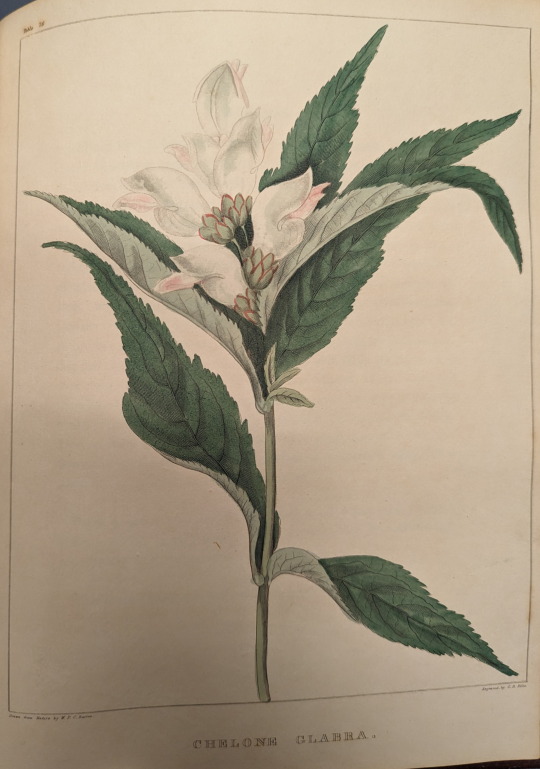
Some flowers for your Friday.
Barton, William P. C. (William Paul Crillon). A Flora of North America. Philadelphia: M. Carey & Sons, 1821. Print.
QK112 .B29 1821
#19thcentury#natureillustration#flowers#FloralFriday#naturalhistory#plants#white turtlehead#hibiscus#libraryofva#specialcollections#rarebooks
59 notes
·
View notes
Text
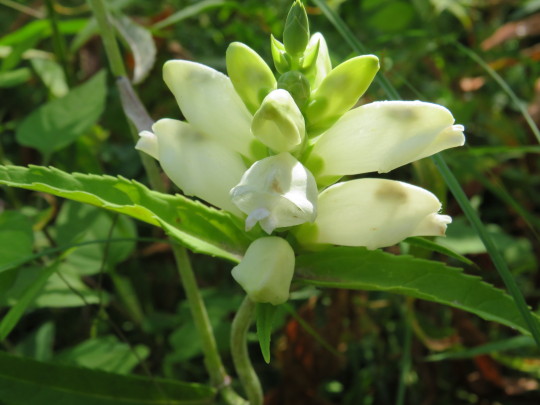
Chelone glabra
#White Turtlehead#canada#forest#plants#plant photography#my photos#native species#ecology#summer 2023#nature core#nature aesthetic#flowercore#flowers#fairycore#fairy aesthetic
0 notes
Text
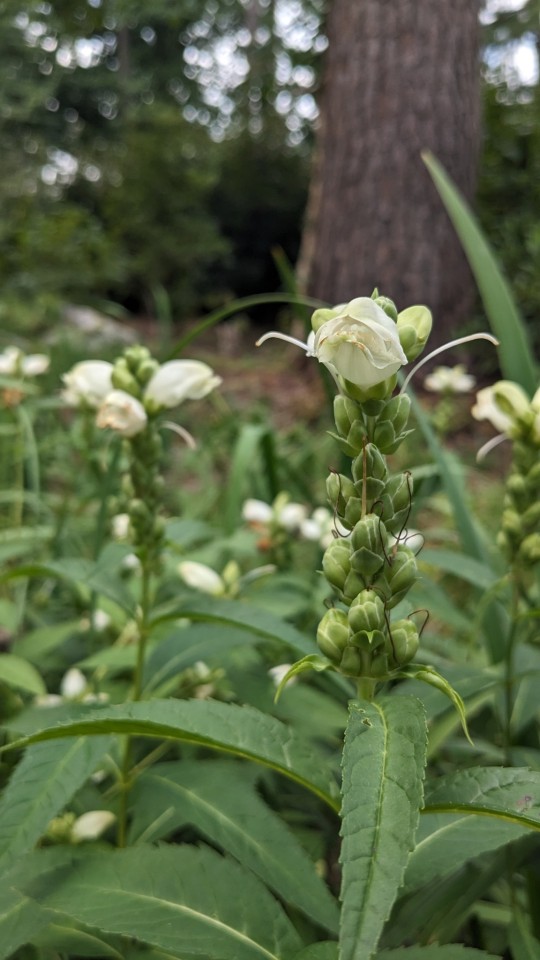
Chelone glabra / White Turtlehead at the Sarah P. Duke Gardens at Duke University in Durham, NC
#Chelone glabra#Chelone#White Turtlehead#Turtlehead#Native plants#Native flowers#Flowers#Nature photography#photographers on tumblr#Sarah P. Duke Gardens#Duke Gardens#Duke University#Durham#Durham NC#North Carolina
0 notes
Text
What's really in that witch's cauldron?
Folk names for herbs
Ass' Ear- Comfrey
Bat's Wing- Holly Leaves
Beard Of Monk- Chicory
Bear's Foot- Lady's Mantle
Bird's Eye- Germander or Speedwell
Blind Eyes- Poppy
Blood From a Head- Lupine
Blood Of Ares- Purslane
Blood Of Hestia- Chamomile
Bloody Fingers- Foxglove
Calf's Snout- Snapdragon
Cat's Foot- Ground Ivy
Crow's Foot- Wood Anemone
Devil's Ear- Jack In The Pulpit
Devil's Plaything- Yarrow
Dew Of the Sea- Rosemary
Dog's Mouth- Snapdragon
Dragon's Teeth- Vervain
Elf Leaf- Lavender
Englishman's Foot- Common Plantain
Fairy Eggs- Nutmeg
Flower Of Death- Vinca
Goose Tongue- Lemon Balm
Graveyard Dust- Mullein
Hawk's Heart- Wormwood
Juno's Tears- Vervain
Jupiter's Beard- Sempervivums
Lion's Foot- Lady's Mantle
Little Faces- Viola
Man's Bile- Turnip Sap
Mortification Root- Rose of Sharyn
Nose Of Turtle- Turtlehead, Chelone
Nosebleed- Yarrow
Our Lady's Tears- Lily Of The Valley
Old Man's Flannel- Mullein
Ram's Head- Valerian
Scale Of Dragon- Tarragon
Semen Of Ares- White Clover
Semen Of Hermes- Dill
Serpent's Tongue- Dog's Tooth Violet
Sparrow's Tongue- Knotweed
Tree Of Doom- Elder
Unicorn Root- Boneset
Weasel Snout- Yellow Archangel
Wool Of Bat- Moss
Body Parts as Plants:
Eye- Blossom or Seed
Heart- Bud or Seed
Beak, Bill or Nose- Seed, Bud or Bloom
Tongue or Teeth- Petal or Leaf
Head- Blossom
Tail- Stem
Hair- Dried Herbs or Stringy Parts Of Herbs
Privates, Genitals Or Semen- Seeds Or Sap
Blood- Sap
Guts- Roots or Stalk
Paw, Foot, Leg, Wing or Toe- Leaves
Animals as Plants:
Toad- Sage
Cat- Catmint
Dog- Grasses, Specifically Couchgrass
Frog- Cinquefoil
Eagle- Wild Garlic
Blue Jay- Laurel
Hawk- Hawkweed
Lamb-Wild Lettuce
Nightengale- Hops
Rat- Valerian
Weasel- Rue
Woodpecker- Peony
I borrowed this from:
#witchcore#witchy#witchcraft#witch#witchblr#magick#cast spells#moon#crystals#moon magic#witches of tumblr#witches#witchyvibes#kitchen witch#witch community#witch tips#witchaltar#witchlife#witchythings#spells#grimoire#spellcraft#cleansing#spellwork#witch tip#my spells#herbsforspells#herbs#herbalist#witch herbs
8K notes
·
View notes
Text

Baltimore Checkerspot
The population of Baltimore Checkerspots in Iowa has been reduced dramatically, mostly due to the loss of suitable habitat. The host plant for this beautiful butterfly is the White Turtlehead (Chelone glabra).
266 notes
·
View notes
Text
It’s going to be sunny and pretty warm today. I don’t think I have the energy to hose the whole garden, but maybe I can get out to hose the nearby wet-loving plants. The ones in the front will have to make do, but I know they can from experience. I also should take a quick look around just to make sure the squirrels haven’t dug any of the new plants up. It’s the disturbed earth that attracts them. They don’t care about the plant, they just dig it up and toss it aside while they look for goodies, but a plant removed from the soil in the heat of the sun isn’t good. Bunnies on the other hand...they won’t dig them up but they do like to munch. On the nodding onion (but none of the other onions), the smooth aster (but none of the other asters), the broad waterleaf (but not the Virginia waterleaf), and the white turtlehead. But those are all well into recovery now.
3 notes
·
View notes
Text
BODY PARTS AS PLANT PARTS
Eye- Blossom or Seed
Heart- Bud or Seed
Beak, Bill or Nose- Seed, Bud or Bloom
Tongue or Teeth- Petal or Leaf
Head- Blossom
Tail- Stem
Hair- Dried Herbs or Stringy Parts Of Herbs
Privates, Genitals Or Semen- Seeds Or Sap
Blood- Sap
Guts- Roots or Stalk
Paw, Foot, Leg, Wing or Toe- Leaves
PLANT NAMES AS ANIMALS
Toad- Sage
Cat- Catmint
Dog- Grasses, Specifically Couchgrass
Frog- Cinquefoil
Eagle- Wild Garlic
Blue Jay- Laurel
Hawk- Hawkweed
Lamb-Wild Lettuce
Nightengale- Hops
Rat- Valerian
Weasel- Rue
Woodpecker- Peony
Some of these names are still in use today
These days, there are many almanacs of magical herbs and herbal grimmoires available online or at bookstores, that list out Witch Herb/Plant names and even details their uses. Just for fun, I will leave you with a list of some of my favorite witchy plant names.
Ass' Ear- Comfrey
Bat's Wing- Holly Leaves
Beard Of Monk- Chicory
Bear's Foot- Lady's Mantle
Bird's Eye- Germander or Speedwell
Blind Eyes- Poppy
Blood From A Head- Lupine
Blood Of Ares- Purslane
Blood Of Hestia- Chamomile
Bloody Fingers- Foxglove
Calf's Snout- Snapdragon
Cat's Foot- Ground Ivy
Crow's Foot- Wood Anemone
Devil's Ear- Jack In The Pulpit
Devil's Plaything- Yarrow
Dew Of The Sea- Rosemary
Dog's Mouth- Snapdragon
Dragon's Teeth- Vervain
Elf Leaf- Lavender
Englishman's Foot- Common Plaintain
Eye Of Newt - Mustard Seeds
Fairy Eggs- Nutmeg
Flower Of Death- Vinca
Goose Tongue- Lemon Balm
Graveyard Dust- Mullein
Hawk's Heart- Wormwood
Juno's Tears- Vervain
Jupiter's Beard- Sempervivums
Lion's Foot- Lady's Mantle
Little Faces- Viola
Man's Bile- Turnip Sap
Mortification Root- Rose Of Sharon
Nose Of Turtle- Turtlehead, Chelone
Nosebleed- Yarrow
Our Lady's Tears- Lily Of The Valley
Old Man's Flannel- Mullein
Ram's Head- Valerian
Scale Of Dragon- Tarragon
Semen Of Ares- White Clover
Semen Of Hermes- Dill
Serpent's Tongue- Dog's Tooth Violet
Sparrow's Tongue- Knotweed
Tree Of Doom- Elder
Unicorn Root- Boneset
Weasel Snout- Yellow Archangel
Wool Of Bat- Moss
-
Absinthe - wormwood
African ginger - ginger
Aftator pear - avocado
American dittany - basil
Aneton - dill
Bairnwort - daisy
Bee balm - lemon balm
Bird's foot - feunugreek
Blind buff - poppy
Blue eyes - potatos
Blood of Hestia - chamomile
Calf's snout - snapdragon
Chinese parsley - coriander
Chocolate flower - geranium
Devil's dung - asafoetida
Eagle - wild garlic
Elf leaf - lavender
Fairy fingers - foxglove
Gallowsgrass - hemp
Gin plant - juniper
Giver of life - corn
Goat's leaf - honeysuckle
Golden bough - mistletoe
Honey stalks - clove
Kronos' blood - cedar sap
Lamb mint - spearmint
Rabbits - toadflax
Ring-o-bells - bluebells
Scaldhead - blackberry
Semen of Hermes - dill
Titan's blood - wild lettuce
White wood - cinnamon
5 notes
·
View notes
Text


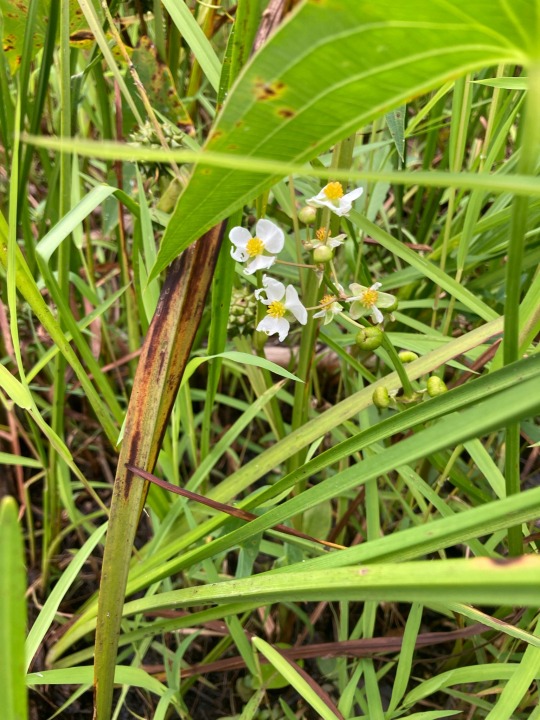


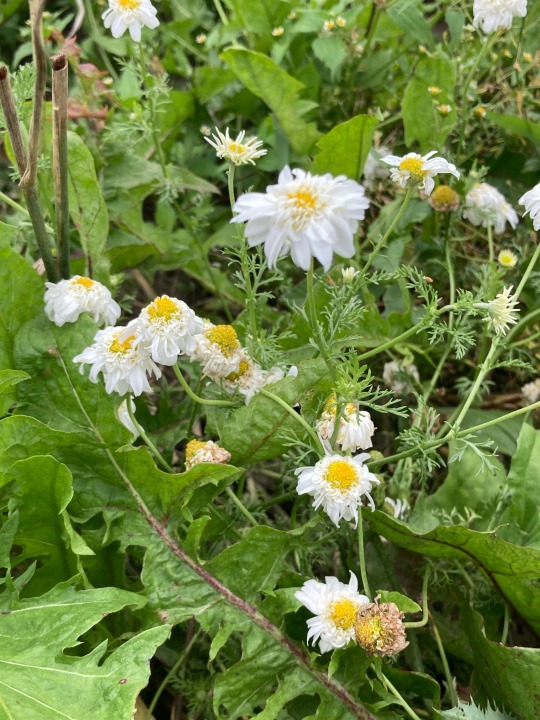
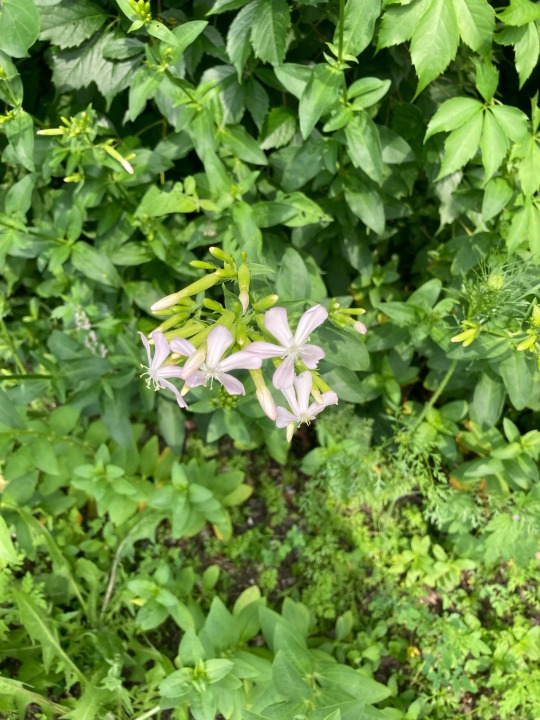
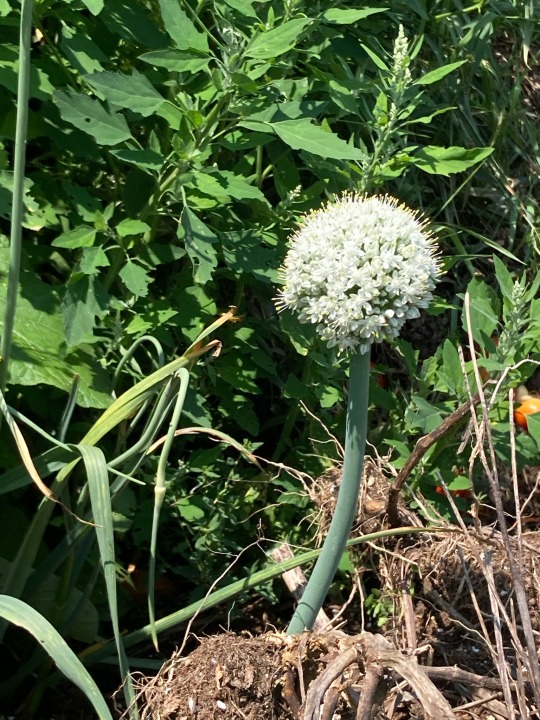
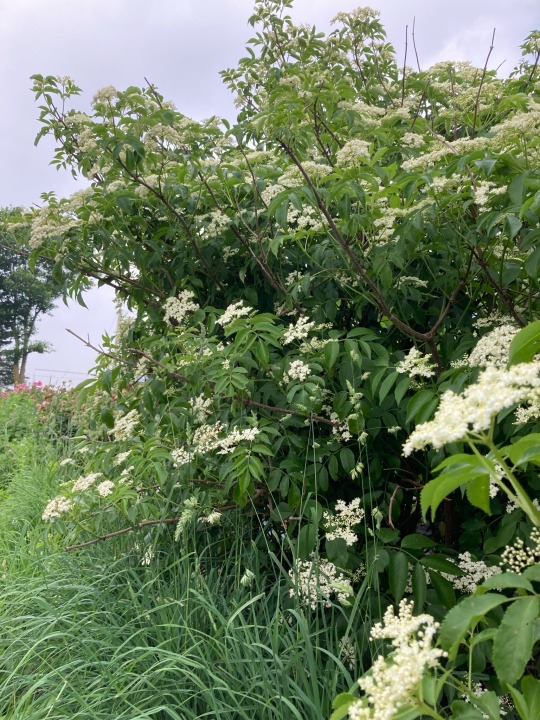
white flowers from last year ‘23
Left to right: Phlox paniculata, marshmallow water plantain, white turtlehead (Chelone alba), Boneset (Eupatorium perforliatum), mayweed (double flowered natural mutation), soapwort, allium (leek?), elderflowers
#I miss plants so badly I don’t do well in winter so I’m going thru my photos#flowers#plants#wildflowers#herbchat
0 notes
Text

White Turtlehead (Chelone glabra)
9/14/22
1 note
·
View note
Text
Animal Gardening
by Cynthia Brian
Photos and Text © 2022 Cynthia Brian
“We can judge the heart of a man by his treatment of animals.” Immanual Kant
Our family has enjoyed an affinity for the animal kingdom for as long as I can remember. We loved creatures so much that we often named a pet for an animal of another species that they resembled. We’ve had dogs named Bear and Wolf, cats named Panther and Tiger, and even a horse named Spider, although he didn’t look like an arachnid.
In the plant world, botanists and taxonomists who name plants also look to the realm of animals using zoographical Latin or Greek-based names for various genera and species. Sometimes a part of the plant will remind them of an animal, or sometimes it is the marketing department of a plant breeder that comes up with the fun, and often humorous name for a new cultivar.
I walked through my garden giggling at the numerous “animals” that are growing. Trees, flowers, wildflowers, and even weeds bear the names of creatures. If you are looking for an amusing gardening endeavor to do with children this fall, ask them if they would like to plant an animal garden. Discuss their favorite critters, then research specimens to fit the bill.
Edit your list grouping plants that will demand the same soil, watering, and sun/shade conditions together in one plot or pot. Mix annuals and perennials for an ongoing animal parade that will last throughout the year. Engage in a creative craft project making nametags for each plant. (Popsicle sticks are traditional favorites) Because the weather is too hot and dry to plant in summer, it’s advised to wait for the cooler days of autumn to start digging a new garden. However, if you want to plant a few species in containers now, let the animal party begin. Make sure to follow directions on the plant tags and water frequently as containers lose moisture quickly.
Here is a partial list of the excitement to come with animal plants:
Lambsquarter
Cats Ear
Chickweed
Coyote Bush
Buzzard Breath
Duck Salad
Cockle Bur
Fleabane
Henbit
Goosefoot
Turkey Mullein
Horseweed
Pigweed
Prickly Oxtongue
Goose Grass
Foxtails
Cattails
Swinecress
Birdseye Pearlwort
Goosefoot
Fat hen
Dogwood
Elephant Ears
Catnip
Deerweed
Wolfsbane
Dogbane
Foxglove
Henbane
Horse Chestnut
Leopard’s Bane
Bee Balm
Monkey Grass
Donkey Tail
Butterfly Bush
Locust Tree
Cockscomb
Gopher Plant
Hen and Chicks
Pussywillow
Skunk Plant
Snake plant
Starfish Flower
Zebra plant
Lambs Ears
Bear’s Breeches
Trout Lily
Pigsqueak (Bergenia)
Cardinal Flower
Deer fern
Deer tongue
Dragon lily
Snapdrago
Catchfly
Foxtrot
Horsetail
Lion’s Tail
Lobster Claws
Mouse plant
Ox-eye daisy
Panda wild ginger
Pig butt
Rabbit’s foot fern
Porcupine Agave
Tickseed
Toad lily
Wormwood
Cranesbill geranium
Lion’s Ear
Turtlehead
Spider plant
Crabgrass
Scorpions tail
Flamingo flower
Kangaroo paw
Bunny Tails
Butterfly weed
Partridge Berry
Fishtail palm
Leopard’s bane
Zebra grass
Spiderwort
Squirrel cup
Wake robin
Dinosaur tree
Hedgehog echinacea
Cynthia Brian’s Mid-Month Gardening Tips
ü SPREAD a blanket on the lawn and look towards the heavens to see animal shapes in the clouds.
ü DRY herbs by hanging bunches upside down in a dry place, like a garage or shed. Dry lavender, sage, thyme, rosemary, and oregano. Store the dried leaves in a jar.
ü DOUSE weeds with a concoction of white vinegar and liquid dish soap. To a gallon of the vinegar, add a capful of dish soap, shake in a spray bottle, and use proactively.
ü GATHER the seeds of fennel and cilantro after the flowers are spent. Dry the seeds on a cooking sheet. Cilantro seeds are called coriander. Both add flavor and texture to both sweet and savory recipes.
ü PRESERVE flat-leaf parsley, basil, and chives by freezing them in ice cube trays. Put a spoonful of the chopped leaves in each cell, add water, and freeze. When you want a dash of fresh flavor, pop an ice cube.
ü PLANT edamame and sweet potatoes, both warm-weather crops. The soil needs to be warmer than 60 degrees. Plan on harvesting edamame in 90-100 days when the pods are plump but still green for a heart healthy omega 3 boost. To make potassium-rich sweet potatoes sweeter, store at 90 degrees for two weeks after harvesting,
ü DEADHEAD roses, annuals, and perennials as blooms fade to keep them coming through frost.
ü GROW celery by rooting the base of your store-bought vegetable. Put the stub in a glass jar filled with water in a sunny location, then transplant the root to a container or garden.
ü HARVEST cucumbers and make an easy spicy summer snack as well as a soothing eye pack. Peel, slice, add red onions, rice vinegar, and marinate for one hour in the refrigerator. Save the peels to place on your eyes to eliminate puffiness after swimming.
ü WATCH butterflies pollinate your flowers as they flutter from blossom to blossom on monarda, tithonia, sunflowers, zinnias, butterfly bush, cosmos, alyssum, marigolds, thyme, oregano, and marjoram.
ü EXTEND your garden’s production with a second season planting of beets, scallions, kohlrabi, chard, broccoli, lettuce, peas, and carrots to carry your fresh offerings into late fall.
ü TOSS a salad comprised of edible herbs, tender leaves, and fruit from your garden including basil, sage, thyme, lovage, fennel, arugula, spinach, chives, chard, tarragon, kale, beet tops, lettuce, cilantro, parsley, sorrel, apples, and plums dressed with lemon juice and olive oil for a tasty jolt of mineral rich nutrition.
ü SHARE your excess vegetable and fruit harvest with the neighborhood and take the extras to the local food bank for those in need to savor.
CORRECTION for June 22, 2022 column regarding California native trees. A reader, M. T. asked me to clarify that several of the trees listed are not true California natives. While many are not endemic to California, all are well-adapted to California gardens and grow well. My error for not being more precise. Thank you for caring.
Treat your animal plants with care.
Amuse yourself, your family, and your friends with your garden barnyard!
Photos and more:
https://www.lamorindaweekly.com/archive/issue1611/Digging-Deep-with-Goddess-Gardener-Cynthia-Brian-Animal-plants.html
Press Pass: https://blog.voiceamerica.com/2022/07/20/animal-gardening/
Happy Gardening and Happy Growing!
Cynthia Brian, The Goddess Gardener, is available for hire to help you prepare for your spring garden. Raised in the vineyards of Napa County, Cynthia is a New York Times best-selling author, actor, radio personality, speaker, media and writing coach as well as the Founder and Executive Director of Be the Star You Are!® 501 c3. Tune into Cynthia’s StarStyle® Radio Broadcast at www.StarStyleRadio.com.
Buy copies of her books, including, Chicken Soup for the Gardener’s Soul, Growing with the Goddess Gardener, and Be the Star You Are! www.cynthiabrian.com/online-store. Receive a FREE inspirational music DVD and special savings.
Hire Cynthia for writing projects, garden consults, and inspirational lectures.
www.GoddessGardener.com
1 note
·
View note
Photo



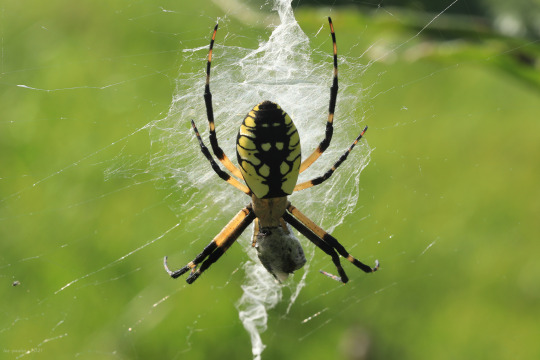

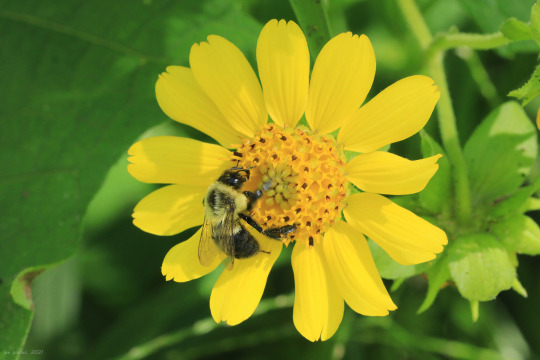




Appalachia’s Late Summer Gifts, Panel 1: warm days, cool nights, soft sunlight, surging wildflowers, sex-crazed bugs, and radiant berries.
#appalachia#vandalia#west virginia#late summer#wildflowers#flora#insects#bidens trichosperma#crowned beggarticks#chauliognathus pensylvanicus#goldenrod soldier beetle#helenium autumnale#common sneezeweed#chelone glabra#white turtlehead#argiope aurantia#black-and-yellow argiope#golden orb-weaver#ageratina altissima#white snakeroot#lindera benzoin#northern spicebush#euthamia graminifolia#flat-top goldentop#lance-leaved goldenrod#grass-leaved goldenrod#conoclinium coelestinum#mist flower#blue boneset#wild ageratum
106 notes
·
View notes
Text
Baneful Ingredients
Part 1
Ague Weed- causes confusion
Balmony/White Turtlehead - overall hexes
Black peppercorn- make the unwanted/unwelcome flee
Foxglove- use ashes in curses/hexes (associated with time, love, and money aka the planets of Saturn and Venus )
Hemlock- destructive work (pair with olive leaves for peaceful disposal of an enemy)
Mustard Seed- sew discord and strife (disconnections and misunderstandings)
Patchouli- bring medical sickness
Poppy seed- couples will argue
Red pepper- banish people from your life with bad intentions
Spanish moss- used for cursing, can be put in war water, jinxes and brings bad luck
Vetivert- silences those that speak ill of you
Wormwood- use to send harmful black magic back on its sender, good for vengeance
Yew- associated with death and necromancy; commune with the dead or seek prophecy; curse enemies and bring bad luck and illness
189 notes
·
View notes
Text
WITCH HERBAL CODE
Pt2.
PLANT NAMES AS ANIMALS
PLANT NAMES AS ANIMALS
Toad- Sage
Cat- Catmint
Dog- Grasses, Specifically Couchgrass
Frog- Cinquefoil
Eagle- Wild Garlic
Blue Jay- Laurel
Hawk- Hawkweed
Lamb-Wild Lettuce
Nightengale- Hops
Rat- Valerian
Weasel- Rue
Woodpecker- Peony
Some of these names are still in use today
Ass' Ear- Comfrey
Bat's Wing- Holly Leaves
Beard Of Monk- Chicory
Bear's Foot- Lady's Mantle
Bird's Eye- Germander or Speedwell
Blind Eyes- Poppy
Blood From A Head- Lupine
Blood Of Ares- Purslane
Blood Of Hestia- Chamomile
Bloody Fingers- Foxglove
Calf's Snout- Snapdragon
Cat's Foot- Ground Ivy
Crow's Foot- Wood Anemone
Devil's Ear- Jack In The Pulpit
Devil's Plaything- Yarrow
Dew Of The Sea- Rosemary
Dog's Mouth- Snapdragon
Dragon's Teeth- Vervain
Elf Leaf- Lavender
Englishman's Foot- Common Plaintain
Fairy Eggs- Nutmeg
Flower Of Death- Vinca
Goose Tongue- Lemon Balm
Graveyard Dust- Mullein
Hawk's Heart- Wormwood
Juno's Tears- Vervain
Jupiter's Beard- Sempervivums
Lion's Foot- Lady's Mantle
Little Faces- Viola
Man's Bile- Turnip Sap
Mortification Root- Rose Of Sharon
Nose Of Turtle- Turtlehead, Chelone
Nosebleed- Yarrow
Our Lady's Tears- Lily Of The Valley
Old Man's Flannel- Mullein
Ram's Head- Valerian
Scale Of Dragon- Tarragon
Semen Of Ares- White Clover
Semen Of Hermes- Dill
Serpent's Tongue- Dog's Tooth Violet
Sparrow's Tongue- Knotweed
Tree Of Doom- Elder
Unicorn Root- Boneset
Weasel Snout- Yellow Archangel
Wool Of Bat- Moss
#book of shadows#witch blog#grimoire#wicca#witches#spellwork#witch herbs#witches herbal code#pagans of tumblr
216 notes
·
View notes
Text



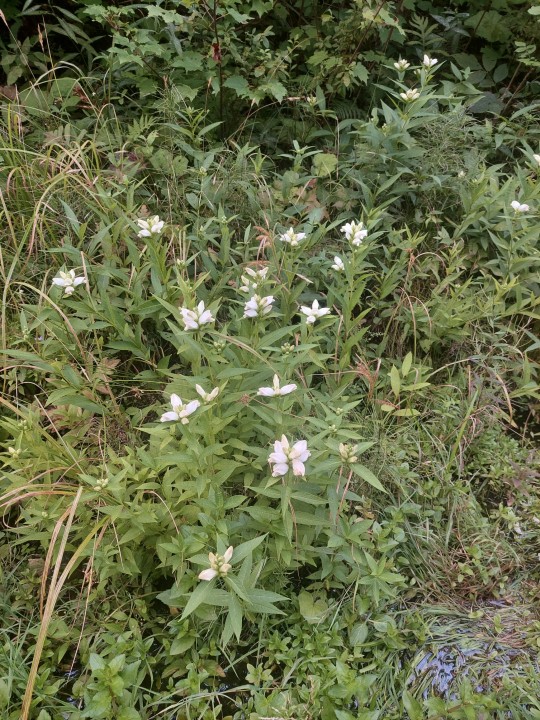
White turtleheads, closed bottle gentians, and rough bedstraw.
6 notes
·
View notes
Photo
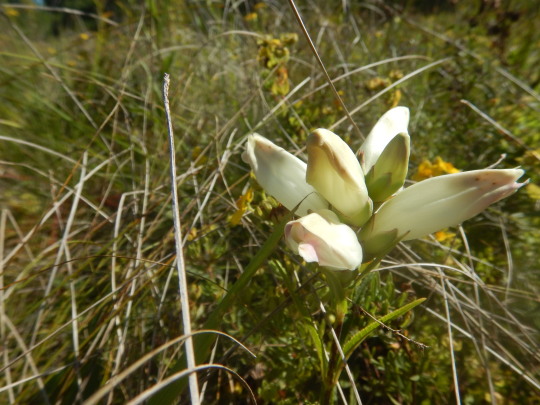
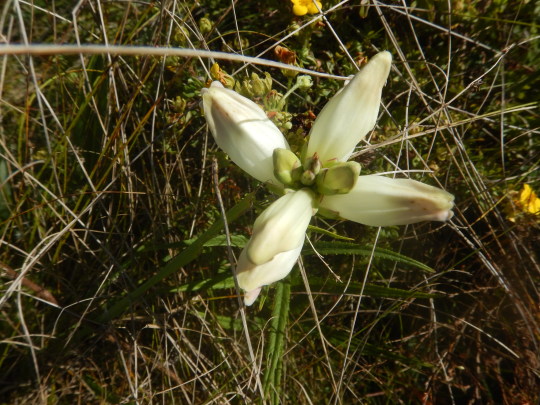


Chelone glabra,
White Turtlehead
not necessary a fen obligate,
I’ve seen these in mesic prairies, along seeps, ditches, wet meadows, at rivers edge, ect. They are a wetland obligate but prefer open sun overall.
As for ecological roles, besides being a bioindicator for wetland status, part of the bioswale type communities that are used to process runoff or do the best at processing runoff, and a transitional nectar source for many species, it is the primary plant for Baltimore Checkerspot butterflies, an uncommon or rare species in the vast majority of their range.
#chelone glabra#chelone#fen#ecology#botany#wildflowers#plantblr#cottagecore#lepidoptera#wetlands#ohio#bioswale
39 notes
·
View notes
Note
More flower/plant name theme for Rose:
Bergenia - Pig (Bergenia crassifolia aka Pigsqueak)
Dogtooth - Dog (dogtooth violet) or Dog-Violet
Foxglove - Fox
Chelone - Turtle (white turtlehead)
Love it!
5 notes
·
View notes